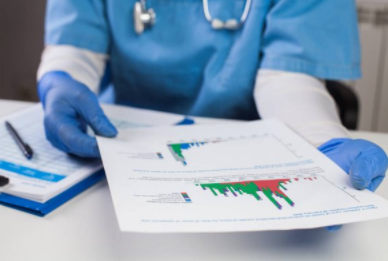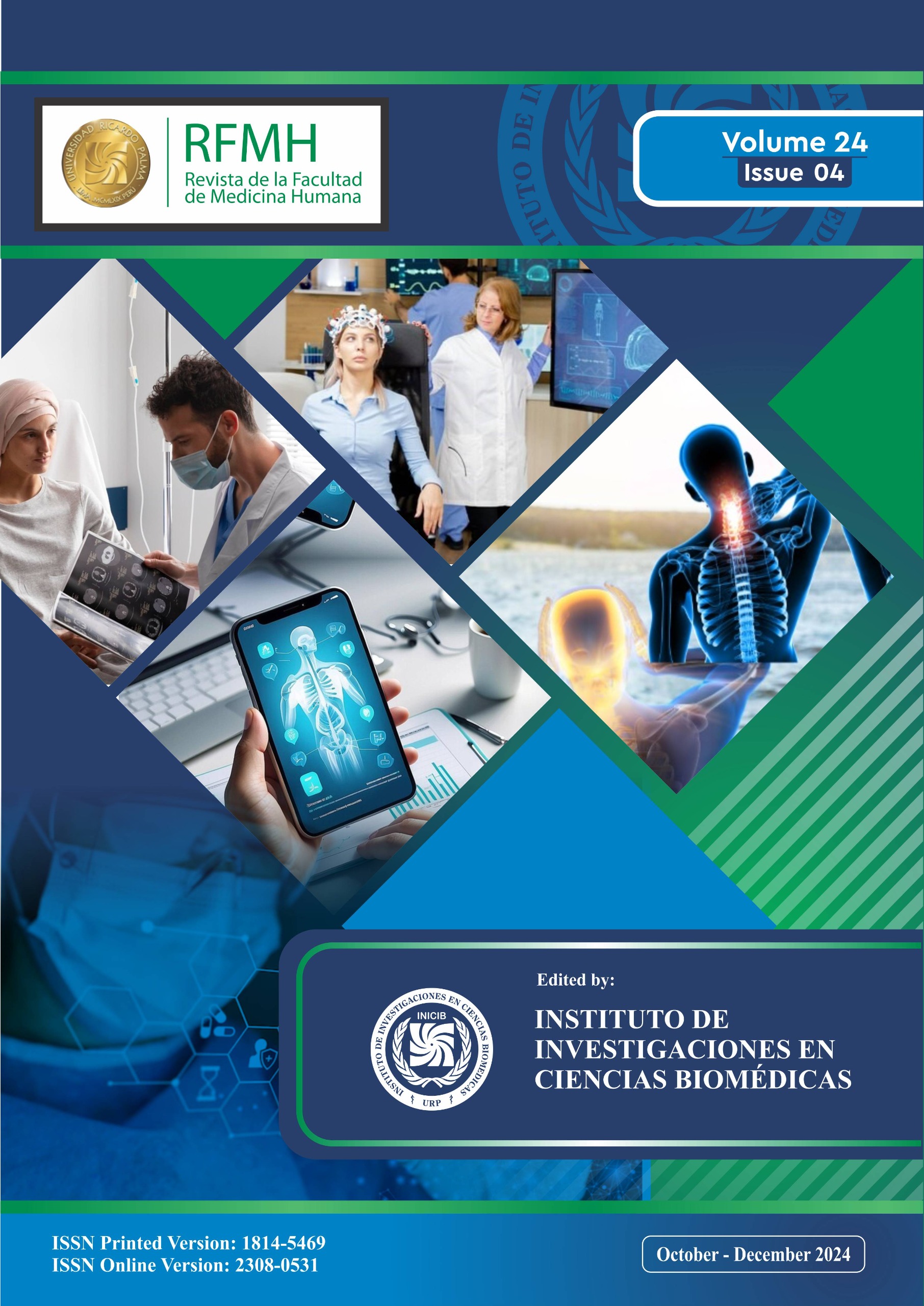Aplicación del Método Autorregresivo Integrado de Medias Móviles para el análisis de series de casos de COVID-19 en el Perú
Application of the Integrated Autoregressive Method of Moving Averages for the analysis of series of cases of COVID-19 in Peru
Palabras clave:
Pronóstico, Pandemias, CoronavirusResumen
Objetivo: Estimar un modelo Autorregresivo Integrado de Medias Móviles (ARIMA) para el análisis de series de casos de COVID-19, en Perú. Métodos: El presente estudio se basó en un análisis de series temporales univariante; los datos utilizados se refieren a la cantidad de casos nuevos acumulados de COVID-19 del 06 de marzo al 11 de junio de 2020. Para el análisis del ajuste del modelo se utilizaron los coeficientes de autocorrelación (ACF), el contraste de raíces unitarias de Dickey-Fuller Aumentado (ADF), el Criterio de Información Bayesiano Normalizado (BIC Normalizado), el error porcentual medio absoluto (MAPE) y el test de Box-Ljung. Resultados: El pronóstico de casos de COVID-19, entre el 12 de junio al 11 de julio de 2020 oscila entre 220 596 a 429 790. Conclusiones: Los resultados obtenidos con el modelo ARIMA, comparados con los datos observados, muestran un ajuste adecuado de los valores; y aunque este modelo, de fácil aplicación e interpretación, no simula el comportamiento exacto en el tiempo puede considerarse una herramienta simple e inmediata para aproximar el numero de casos.
Descargas

Descargas
Publicado
Cómo citar
Número
Sección
Licencia
Derechos de autor 2020 Revista de la Facultad de Medicina Humana

Esta obra está bajo una licencia internacional Creative Commons Atribución 4.0.





























